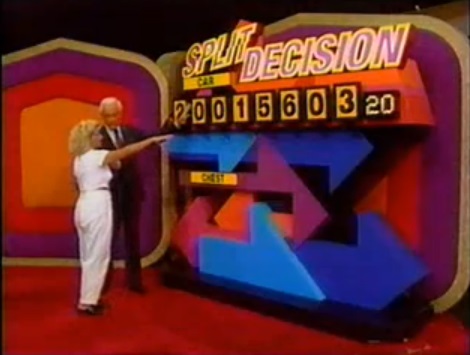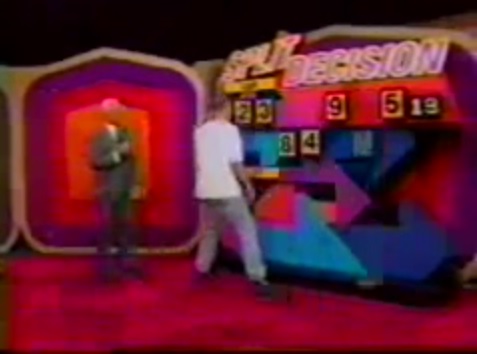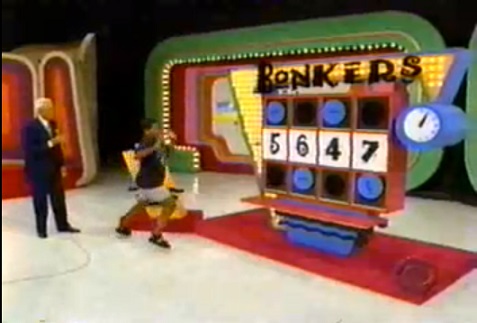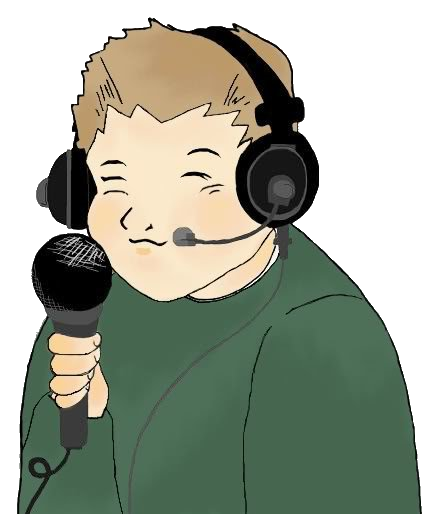 |
 |
 |
 |
 |
 |
#164 - Split Decision (Pricing Game)
8 Numbers, Two Prices, A Timer, and one
confusing and terrible pricing game

Pricing Game (1996 - 1997)
Text by: Robert Seidelman
Pricing games that debuted in the 1990s usually fell into two categories: Clever and whimsical, but short lived (Gallery Game falls into this category), or just downright broken and bad (Joker would certainly fit this bill, along with Fortune Hunter). Since this isn't the site that glorifies the best of the best in game shows, we will talk about a pricing game today that was one of the most maligned and painful games to watch. The reasoning? Bad rule explanation and an ever-changing rule setup. The game: Split Decision

Split Decision was a game played for a smaller 3-digit prize and a 5 digit car. The board had 8 numbers in a row, representing the numbers in both the Car and the other prize. The idea of the game is to pull down the three digits that would go in the price of the smaller prize so that the price of the car would be left up in sequence. Once the contestant have the three numbers pulled down, they have to hit a button to stop the clock. By this notion, they would also have the price of the smaller prize lined up in sequence. The contestant have 20 seconds to achieve this goal. If successful, they win the car and the small prize. If unsuccessful, the contestant have the remaining amount of time to make another guess. If time runs out, they lose the game. As a concept, I can get behind this concept. It reminds me of the end game from Wipeout, which is one of my favorite short lived shows of the 80s. So with a nice concept such as this, what made the game such a flop?

Well, it was the fact that nobody knew exactly how to play it. When being dealt with a small amount of time, people frantically would make the same guess twice or sometimes thrice. This would lead to more confusion and thus more losses. Another part of it was the way it was explained. Bob could have done a better job with the rules of the game, but seeing how even he was getting tired of the game later on, he dreaded having to explain this game to people. I have a sneaking suspicion that he wanted to axe this game almost immediately after a few playings due to people just not getting the game, thus the game was hardly ever won.

After a few playings, the rules would be changed. Instead of having a timer and a button to press, the contestant would have three chances to guess the right price of the small 3-digit prize. Oddly enough, this change proved to be beneficial to the game and saw more winners with this format change. However, gone was the actual concept of the Split Decision name. Giving the contestant time to think and help from the audience doesn't really equate to any sort of "Split Decisions". With the increase in wins, they went back to the old format and the game was axed after the 1997 season.
And basically that's it. It's a good idea, but it was just poorly executed in its original form. The setup was ok, but it doesn't mean anything if the contestants don't know how to play it. It's the lackadaisical explanations and confusing rules that doomed Double Digits and On The Spot i.e. games that were too complicated for their own good.
While it was the end for Split Decision, the premise of the game and its mechanics would find its way in a pricing game that is much more beloved than Split Decision ever dreamed of being. In 2002, the most panicking, frantic, and one of the most exciting games to see played was debuted. The bright light at the end of the tunnel?

Bonkers! Bonkers is everything that Split Decision should have been. Fast, exciting, and most importantly, simple to understand.
Have any questions about the site? Submit them to us via our Facebook page, our Twitter, and through e-mail. We'll be sure to answer them to the very best of our ability.
(c) 2009-2017 - A CQS Production.

